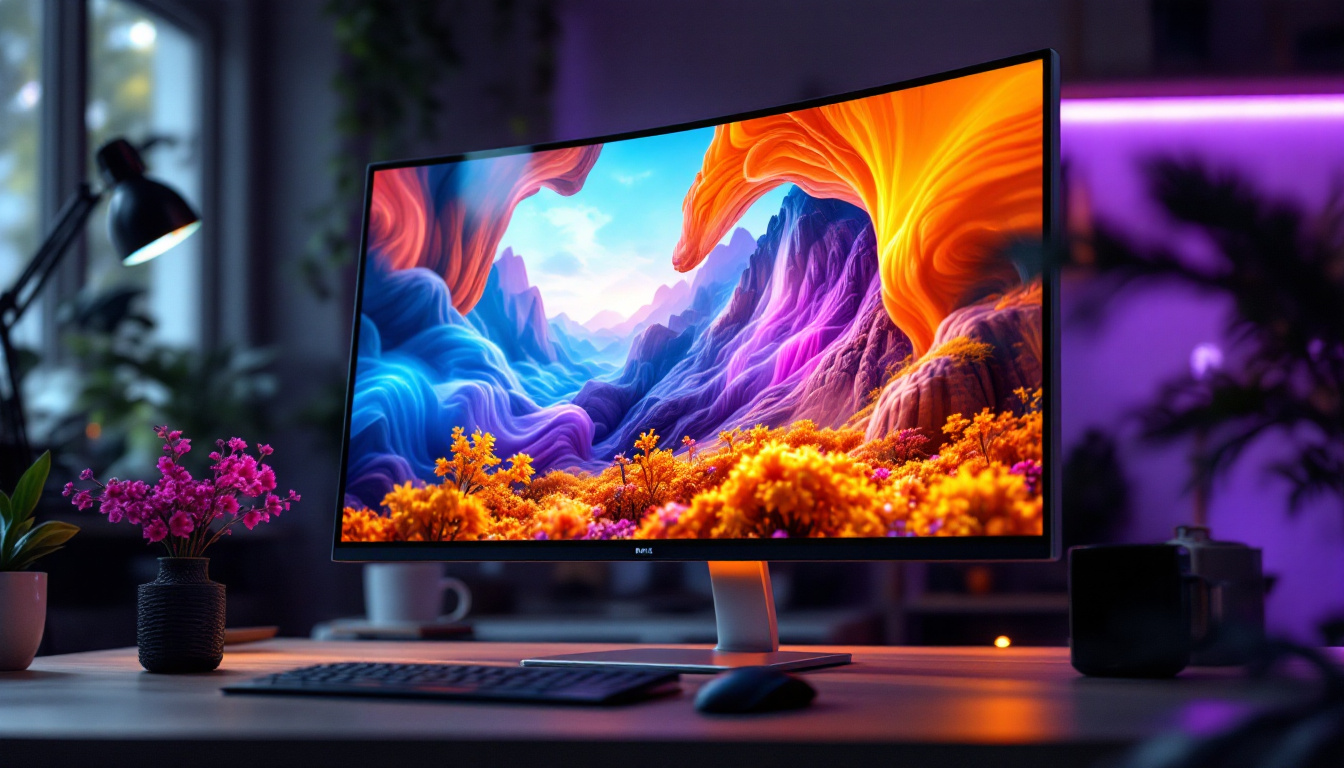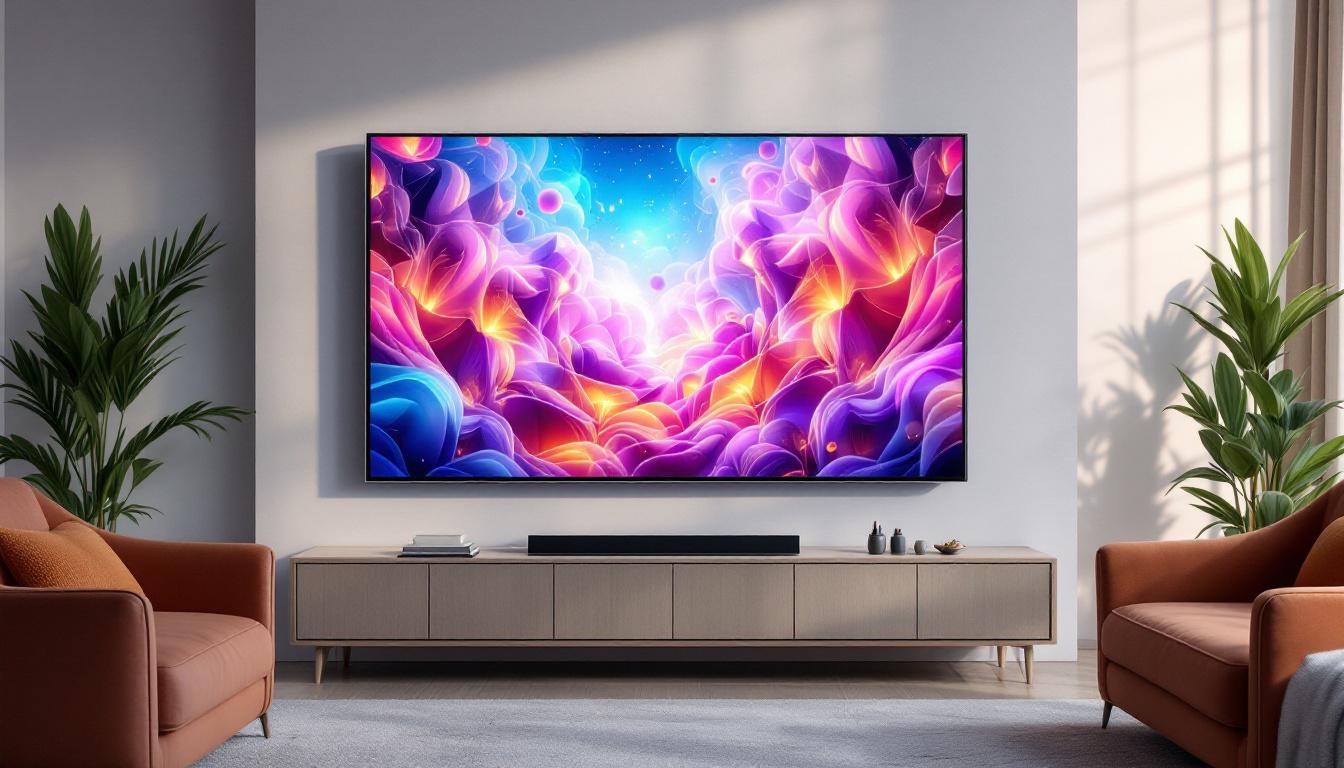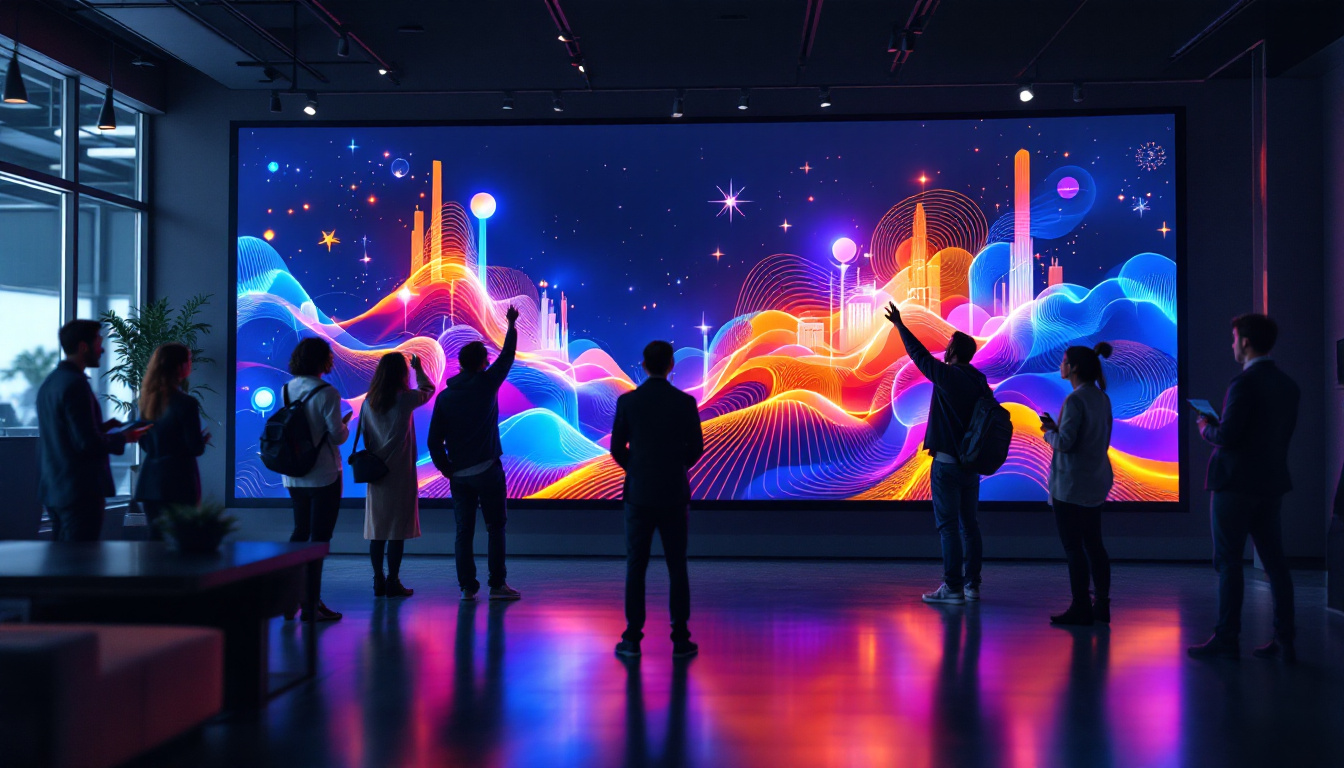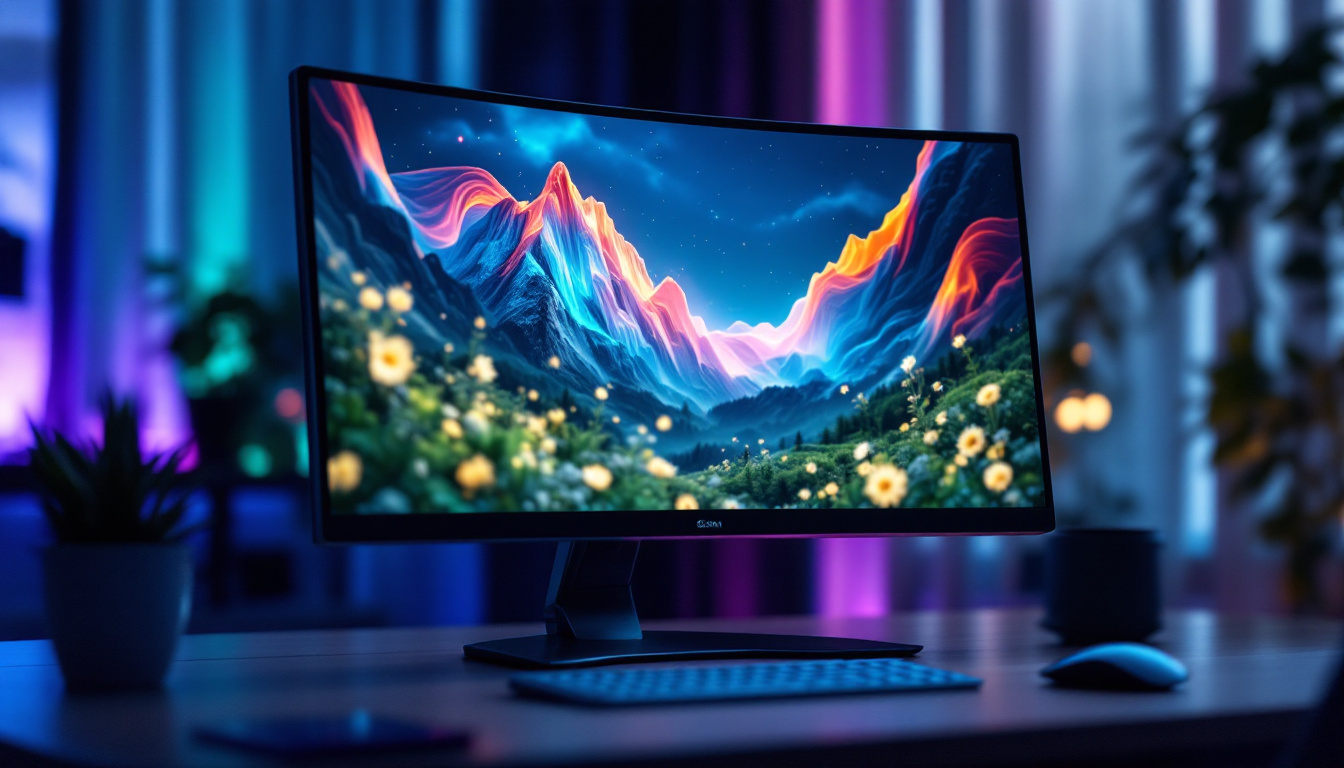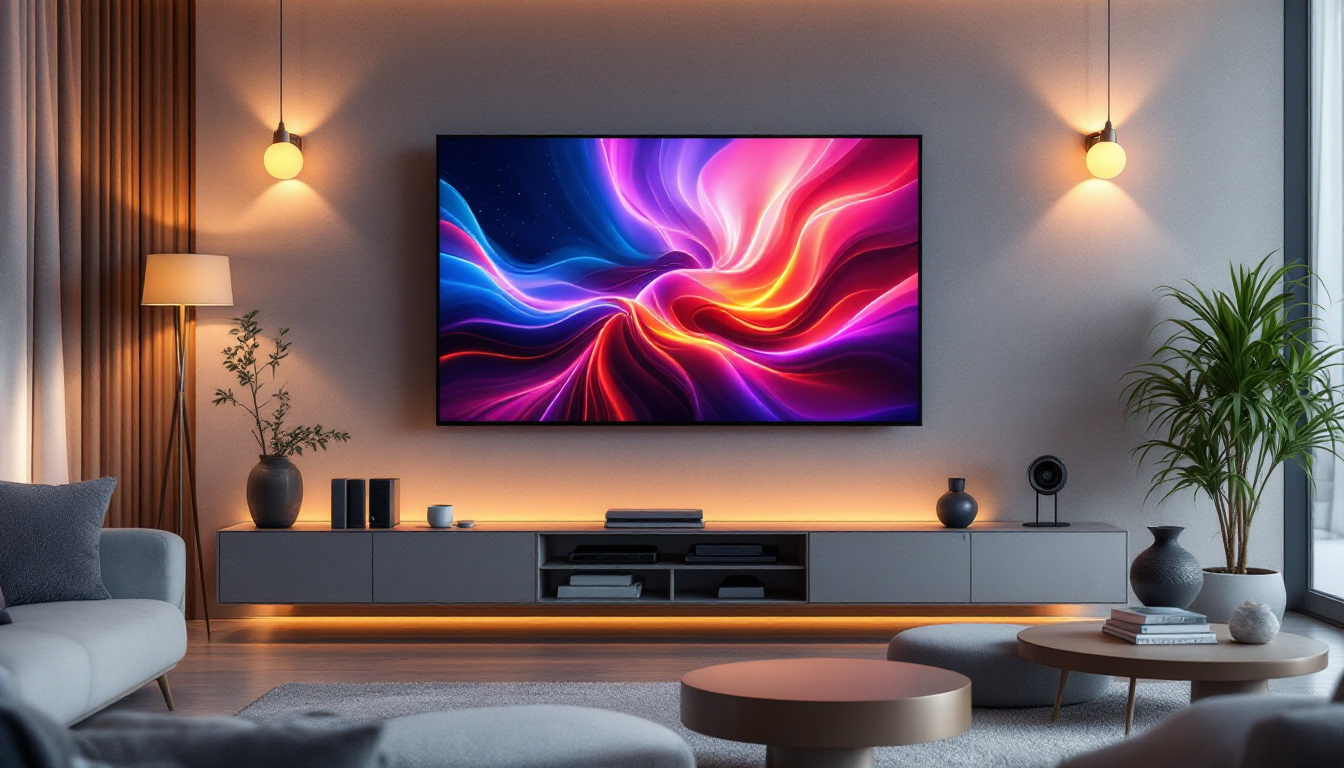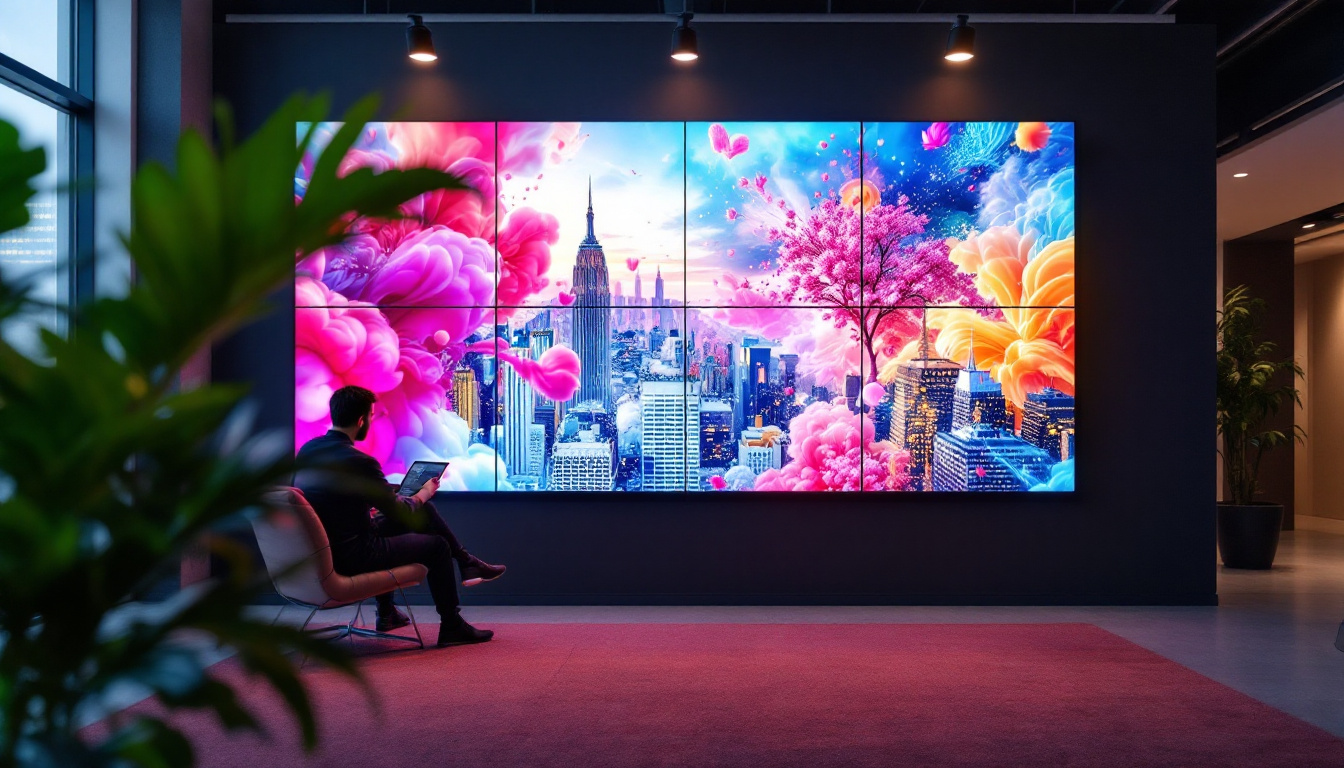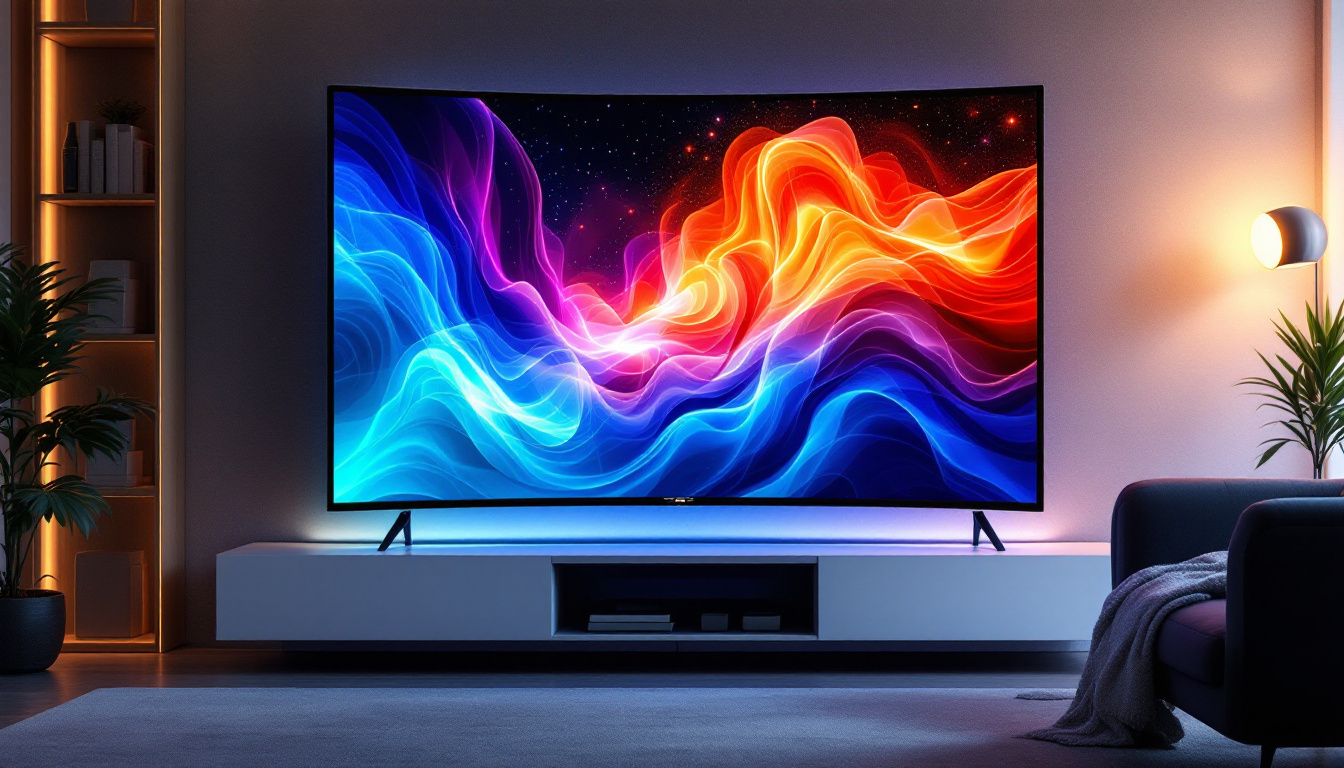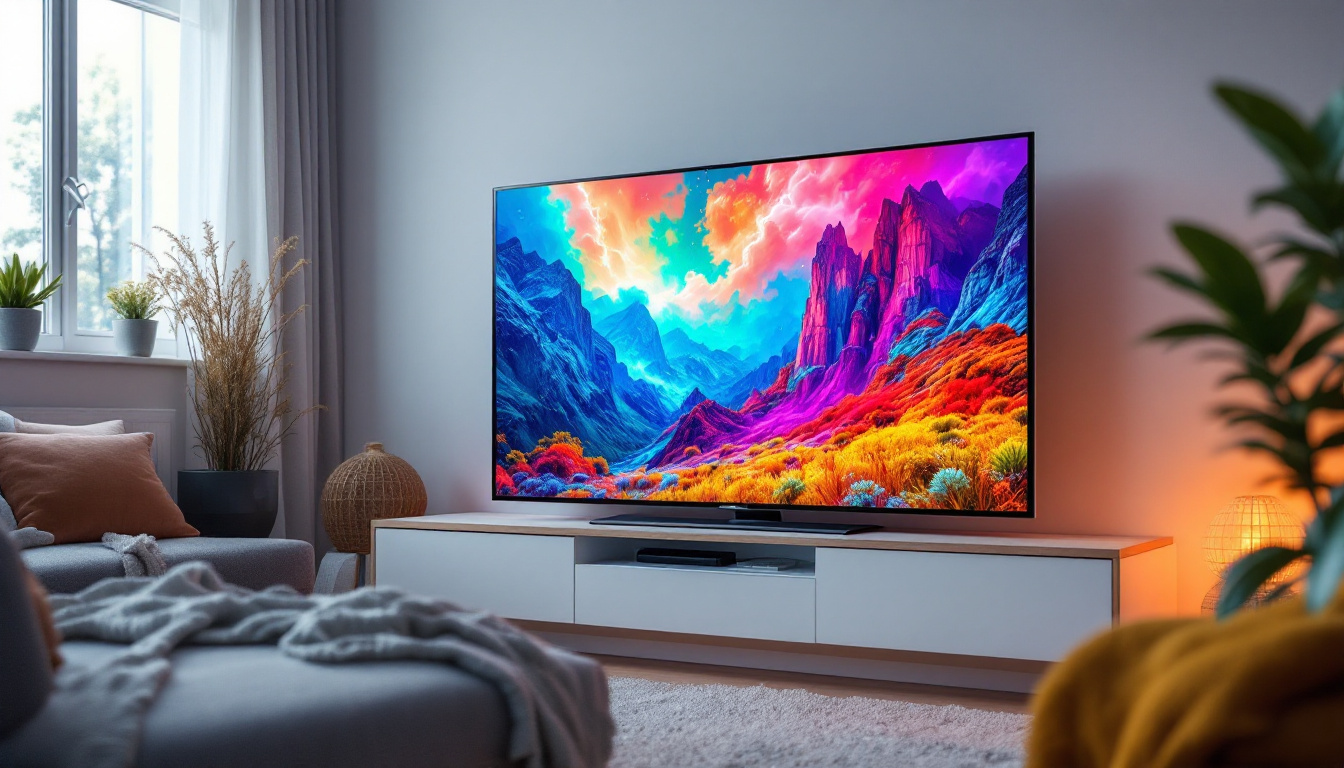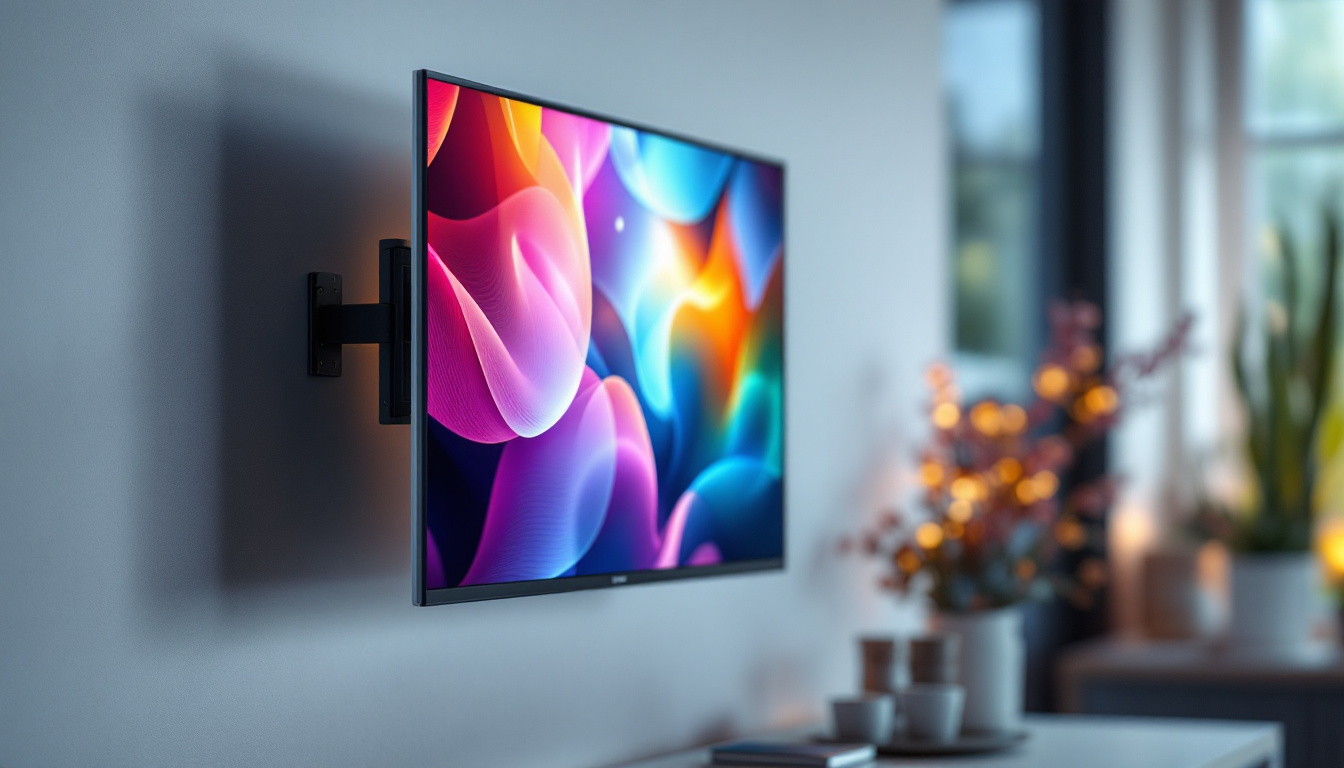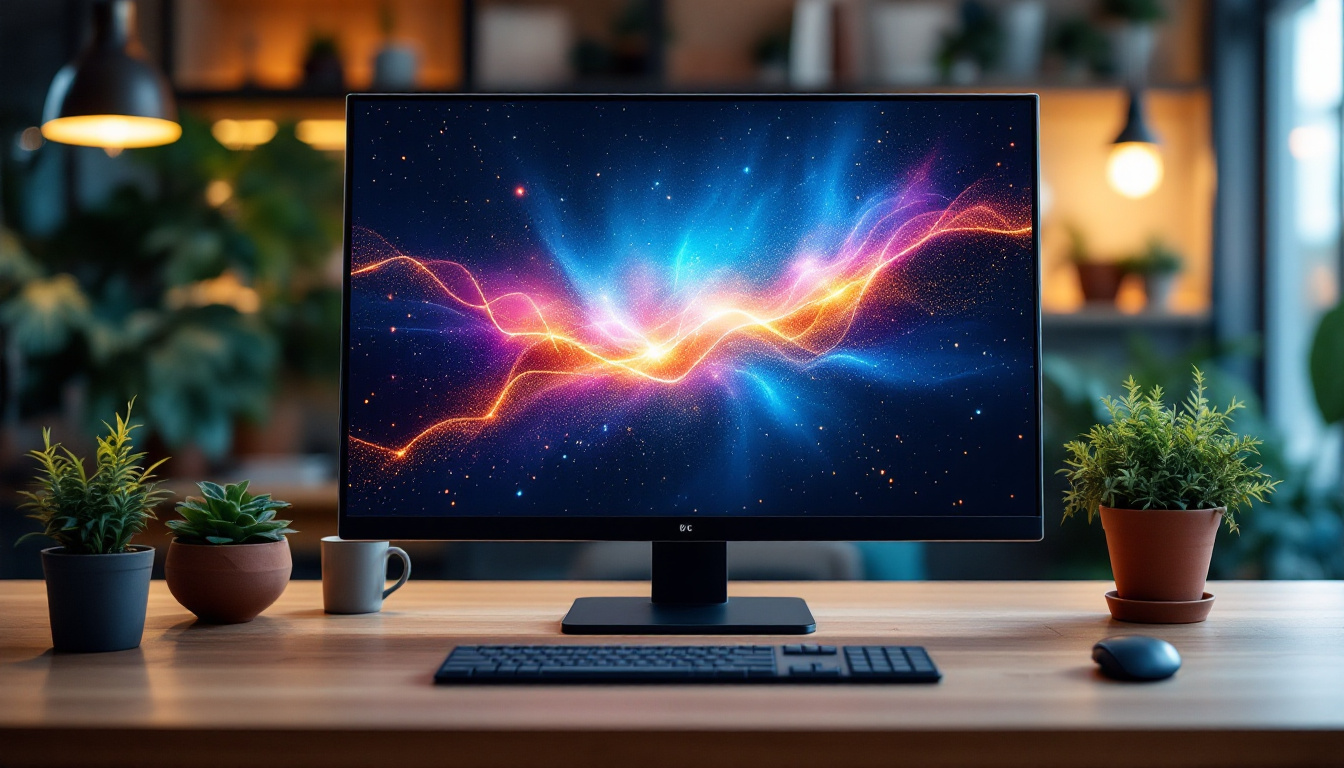Touch Panel LCD Monitor: LED Display Explained
In the rapidly evolving world of technology, touch panel LCD monitors have emerged as a vital component in various industries. These devices combine the functionality of a traditional LCD monitor with the interactivity of touch screen technology, making them indispensable in settings ranging from retail to healthcare. This article delves into the intricacies of touch panel LCD monitors, focusing on their LED display technology, advantages, applications, and future trends.
Understanding Touch Panel LCD Monitors
Touch panel LCD monitors integrate a liquid crystal display (LCD) with a touch-sensitive surface. This combination allows users to interact directly with what is displayed on the screen, providing an intuitive user experience. The technology behind these monitors is quite sophisticated, involving various components that work in harmony to deliver high-quality visuals and responsive touch capabilities. As a result, touch panel LCD monitors are widely used in various applications, from retail displays to industrial controls, enhancing user engagement and operational efficiency.
The Basics of LCD Technology
LCD technology relies on liquid crystals that manipulate light to produce images. The display consists of several layers, including a backlight, polarizers, and the liquid crystal layer itself. When electrical currents pass through the liquid crystals, they align in a way that either allows or blocks light, creating the images we see on the screen. This intricate process is what allows for the sharp, clear visuals that we often take for granted in our daily interactions with technology.
In touch panel LCD monitors, the addition of a touch-sensitive layer allows users to interact with the display. This layer can be capacitive, resistive, or optical, each type offering different levels of sensitivity and functionality. Capacitive touch screens, for example, are known for their responsiveness and are commonly used in smartphones and tablets. They work by detecting the electrical properties of the human body, allowing for multi-touch gestures that enhance usability. On the other hand, resistive touch screens, which rely on pressure to register input, are often favored in environments where users may be wearing gloves or where moisture is present, making them ideal for industrial applications.
LED Backlighting: A Game Changer
One of the significant advancements in LCD technology is the use of LED backlighting. Traditional LCDs used fluorescent lights, which were less energy-efficient and had a limited color range. LED backlighting, on the other hand, provides several advantages. By using arrays of tiny LEDs, manufacturers can achieve greater control over brightness and color, resulting in displays that are not only more vibrant but also capable of producing a wider range of hues.
LEDs consume less power, produce brighter images, and offer a wider color gamut. This means that displays can show more vibrant colors and deeper blacks, enhancing the overall viewing experience. Additionally, LED backlit monitors can be thinner and lighter, making them more suitable for modern applications where space is a premium. The energy efficiency of LED technology also contributes to longer battery life in portable devices, which is a crucial factor for users on the go. Furthermore, advancements in local dimming technology allow for even greater contrast ratios, making LED backlit LCDs an excellent choice for high-definition video and gaming experiences, where detail and clarity are paramount.
Advantages of Touch Panel LCD Monitors
Touch panel LCD monitors offer numerous advantages that make them appealing in various sectors. Their interactive nature, combined with the benefits of LED technology, creates a compelling case for their widespread adoption.
Enhanced User Experience
The most notable advantage of touch panel LCD monitors is the enhanced user experience they provide. Users can interact with the screen directly, making navigation intuitive and straightforward. This direct interaction eliminates the need for additional input devices such as mice or keyboards, streamlining operations in environments like retail and hospitality.
Furthermore, touch screens can support multi-touch capabilities, allowing users to perform gestures such as pinch-to-zoom or swipe. This functionality is particularly beneficial in applications that require quick access to information or tools, such as digital signage or point-of-sale systems. The tactile feedback provided by touch screens can also enhance engagement, as users feel a sense of control and immediacy when interacting with digital content.
Increased Efficiency and Productivity
Incorporating touch panel LCD monitors into workflows can significantly boost efficiency and productivity. For instance, in a medical setting, doctors can quickly access patient records or imaging results with a simple touch, reducing the time spent on administrative tasks. Similarly, in a manufacturing environment, touch screens can facilitate real-time monitoring and adjustments, enhancing operational efficiency.
Moreover, the ease of use associated with touch panel monitors can reduce training time for new employees, allowing them to become proficient in their roles more quickly. This efficiency translates to cost savings and improved service delivery. In educational settings, interactive touch screens can foster collaborative learning, enabling students to engage with content dynamically, thereby enhancing retention and understanding of complex subjects.
Durability and Versatility
Touch panel LCD monitors are designed to withstand demanding environments. Many models are built with rugged materials that can resist scratches, spills, and dust, making them suitable for industrial applications. Additionally, they can be customized to fit various needs, from outdoor kiosks to interactive displays in museums.
The versatility of touch panel LCD monitors extends to their applications. They can be found in various settings, including retail stores, airports, hospitals, and educational institutions, showcasing their adaptability to different environments and user needs. Beyond traditional uses, these monitors can also serve as interactive information hubs in public spaces, providing visitors with essential information and services at their fingertips. This adaptability not only enhances user engagement but also allows businesses to tailor their offerings to meet specific customer needs, creating a more personalized experience.
Applications of Touch Panel LCD Monitors
The applications of touch panel LCD monitors are vast and varied, reflecting their versatility and the growing demand for interactive technology. From retail to education, these devices are transforming how information is presented and interacted with.
Retail and Point of Sale
In retail environments, touch panel LCD monitors are increasingly used as point-of-sale (POS) systems. They allow cashiers to process transactions quickly and efficiently while providing customers with an engaging experience. Interactive displays can also be utilized for product promotions, allowing customers to browse catalogs or access information about products at their fingertips.
Moreover, retailers can leverage touch screens for inventory management, enabling staff to check stock levels and place orders seamlessly. This integration of technology enhances the overall shopping experience and streamlines operations.
Healthcare and Medical Applications
In the healthcare sector, touch panel LCD monitors are revolutionizing patient care. Medical professionals can use these devices to access electronic health records, view diagnostic images, and input data directly into patient management systems. This not only saves time but also minimizes the risk of errors associated with manual data entry.
Additionally, touch screens can be employed in patient-facing applications, such as interactive kiosks that allow patients to check in for appointments or access information about their health conditions. This self-service capability can improve patient satisfaction and reduce wait times.
Education and Training
Touch panel LCD monitors are making significant inroads in educational settings. Interactive whiteboards and smart displays facilitate collaborative learning, allowing students to engage with content dynamically. Teachers can use these devices to present multimedia lessons, conduct quizzes, and encourage group participation.
Moreover, in training environments, touch screens can be utilized for simulations and hands-on learning experiences. This interactive approach enhances retention and understanding, making it an effective tool for both educators and learners.
The Future of Touch Panel LCD Monitors
As technology continues to advance, the future of touch panel LCD monitors looks promising. Innovations in display technology, user interface design, and connectivity are set to enhance the capabilities of these devices further.
Emerging Technologies
Future developments in touch panel LCD monitors may include the integration of augmented reality (AR) and virtual reality (VR) features. These technologies can provide immersive experiences that blend digital content with the physical world, opening new avenues for interaction and engagement.
Additionally, advancements in artificial intelligence (AI) could lead to more intuitive touch interfaces that learn user preferences and behaviors, enhancing the overall usability of touch panel monitors. This could pave the way for personalized experiences in various applications, from retail to education.
Sustainability and Energy Efficiency
With growing concerns about environmental sustainability, future touch panel LCD monitors are likely to focus on energy efficiency and eco-friendly materials. Manufacturers may adopt practices that reduce waste and improve the recyclability of components, contributing to a greener technology landscape.
Moreover, energy-efficient designs will not only benefit the environment but also reduce operational costs for businesses that rely on these devices. As sustainability becomes a priority, consumers will increasingly seek out products that align with their values.
Conclusion
Touch panel LCD monitors represent a significant advancement in display technology, combining the benefits of LCD and LED with interactive capabilities. Their advantages, including enhanced user experience, increased efficiency, and versatility, make them invaluable across various industries. As technology continues to evolve, the future of touch panel monitors promises even more exciting developments, paving the way for innovative applications and improved user interactions.
In a world that increasingly values interactivity and engagement, touch panel LCD monitors are not just a trend; they are a fundamental shift in how we interact with technology. Embracing this technology can lead to improved operations, better customer experiences, and a more connected future.
Discover LumenMatrix’s Innovative LED Solutions
Ready to elevate your interactive display capabilities? Explore LumenMatrix’s comprehensive range of LED display solutions, designed to bring your visual communications to life. From Indoor and Outdoor LED Walls to specialized displays for Vehicles, Sports, and even Custom configurations, LumenMatrix is at the forefront of creating immersive environments that captivate and engage. Whether for advertising, information sharing, or entertainment, our LED displays are crafted to deliver unparalleled clarity and impact. Check out LumenMatrix LED Display Solutions today and transform your space with the power of advanced LED technology.



